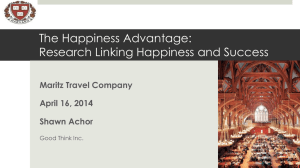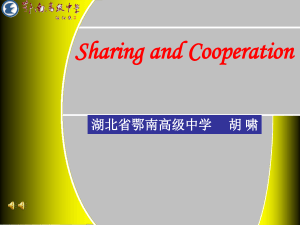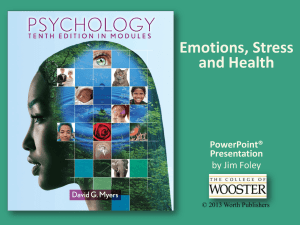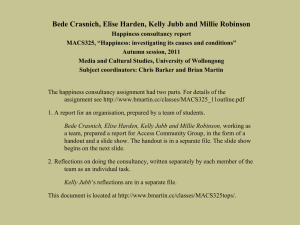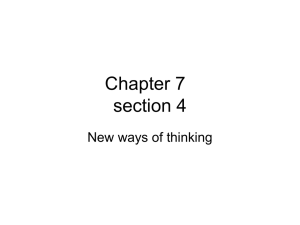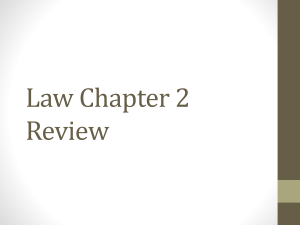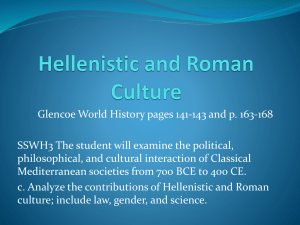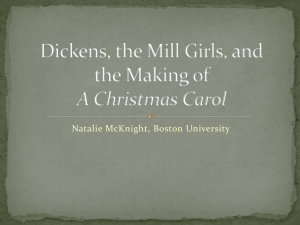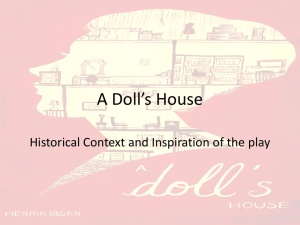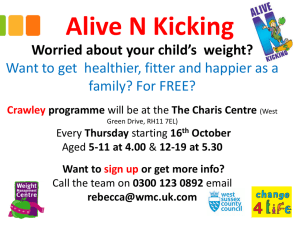Oxford Happiness Instrument
advertisement
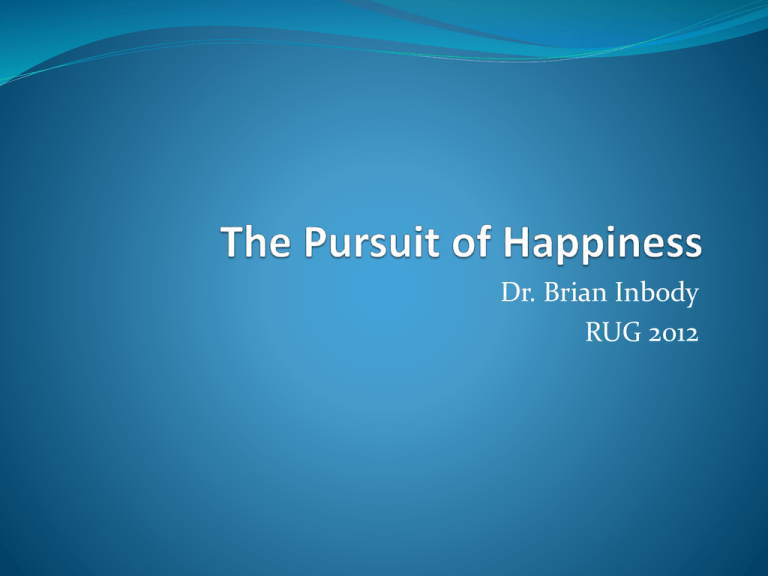
Dr. Brian Inbody RUG 2012 How to achieve higher morale and happier employees More productivity, less missed time, less turnover Understand the Science of Happiness Creating an environment to improve happiness Ways to utilize strategies to improve happiness Happiness For centuries psychology studied depression Only very recently have they begun to study happiness What is happiness? What is it not correlated with: Money (past a certain point) Beauty Materialism Youth Marriage, Kids Situation (only moderately) What is correlated with happiness? Happy people: Devote a great deal of time to family and friends Express gratitude regularly Offer help to others often Are optimistic about the future Savor life’s pleasures and live in the moment Exercise regularly Are deeply committed to lifelong goals and “things larger than themselves” such as religion or causes Have the same bad things happen to them as everyone else, they just deal with them better using poise and strength Two Schools of thought about improving happiness It’s genetic (naturally happy and grumpy people) Our happiness is predetermined We all have a natural set-point of happiness that we return to over time “We can no more make ourselves happier in the long run than we can make ourselves taller.” Two schools of thought about improving happiness One can improve their happiness over time Happiness Behavioral 40% Situational 10% Genetic 50% “Life is pain, you just get used to it.” Hedonic adaptation The bad feeling You leave a room and come back in and only then can you smell a bad odor The good feeling The pleasure of a new car lasts only until that first payment Because of hedonic adaptation we must continually do something to increase or decrease our happiness level past its “set point” Lottery winner – “Happiness is hard work!” Ways to negatively affect happiness Large Events Loss of Job (6 months or more) Loss of limb (3 years) Loss of Spouse (5-8 years) Happiness will return to set-point over time thanks to adaptation Large negative events sometimes make people more happy over time than if the negative event would not have happened to them (POWs, Paraplegics) Small Events Traffic jams, car won’t start, taking care of children, teenager angst Small events have a worse overall effect than large events Worst of all is prolonged isolation on-going cumulative effect Areas that happy people excel in that others don’t Seeking pleasure - lasts the least amount of time Engagement - always around people, always want to help others Meaning - involved in something larger than themselves, part of a cause They delude themselves - no kidding They believe in themselves and in the world more than maybe they should – optimism is a must Happiness is contagious! 40+ year study of heart disease in one small community also included information on mood Researchers found “viruses” of happiness that traveled from person to person through their connections. If your connection (friend or family member) is happy you have a 15% greater chance of being happy. If a friend of a friend is happy you have a 10% greater chance of being happy and you don’t even have to know that person It takes 4 degrees of separation (friend of a friend of a friend of a friend) before the happiness effect stops. Can money buy happiness? Yes – until needs are met, then lowers happiness as “money responsibilities” increase If it is spent right – yes! Using your money to help people and causes you care about actually adds to your long term happiness Using your money to enhance your social interactions also increase happiness (vacations instead of blu-ray players) Buying things adds to your happiness but only temporarily (remember hedonic adaptation?) Ways to positively affect happiness Gratitude journal Once a week spend 20 minutes writing what you are grateful for 5 acts of kindness a week, especially on the same day Lasts 1-2 months Write a letter and visit someone you are grateful to (Last 3-6 months) Conduct happiness inventory on a regular basis Avoid Social Comparison Commit to your goals See your work as a calling and not a job Creating an Atmosphere of Happiness at Work Time off to contribute to the community Campus Charity drives – Angel Tree, Relay for Life, Etc. Employee to Employee and Employee to Student Appreciation and Gratitude Help them make their job a calling by emphasizing the emotional aspects of working there, no matter the level of employee Happiness is… Positive relationships with other people Kindness, gratitude and capacity for love matter much more than love of learning, curiosity, accomplishment, or success. Sources Stumbling on Happiness by Gilbert The How of Happiness by Lyubomirsky The New Science of Happiness by Claudia Wallis, Time Magazine, 2005 This Emotional Life documentary, PBS, hosted by Gilbert
